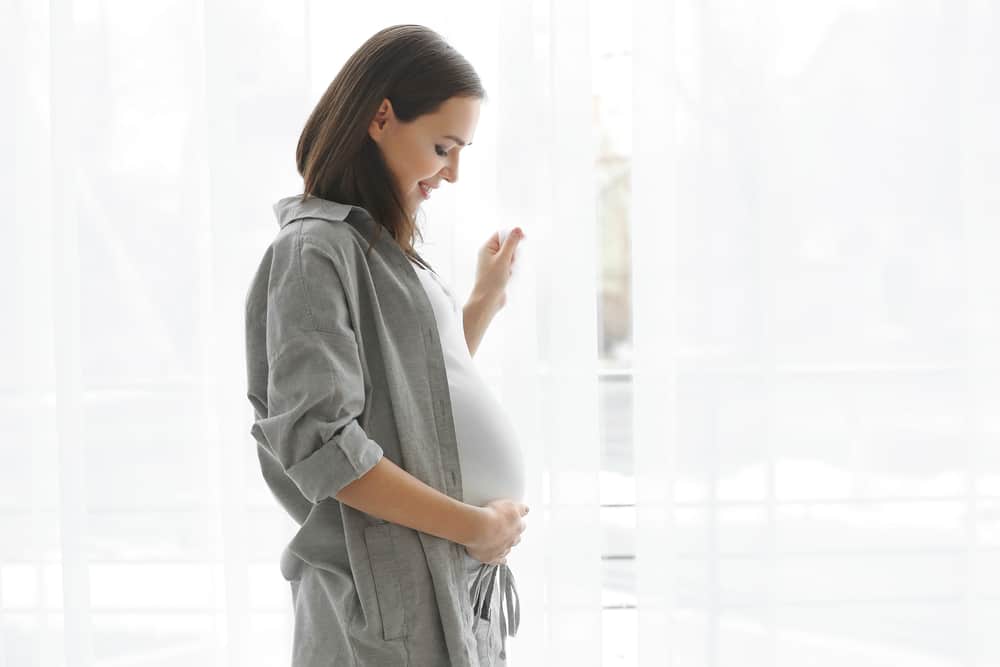Redundancy during the ‘Protected Period’: Can an employee be made redundant whilst on maternity leave?

When on maternity leave, employees have the right to either return to their job, or if their job is not available because of redundancy, then to return to a suitable alternative role.
Regulation 10 of the Maternity and Parental Leave Regulations 1999 (“MAPLE 1999”) applies when it is not practicable for an employer to continue with the employment of one of its employees because of redundancy under their existing contract of employment during:
1. The protected period of pregnancy;
2. The statutory maternity leave period; or
3. The additional protected period.
What is the protected period?
As of 6 April 2024, the protected period for pregnant employees or those taking maternity leave has been extended to start when an employee tells their employer that they are pregnant, and ends 18 months from the date the baby is born.
During the protected period, employers must offer suitable alternative positions to their protected employees before offering them to their other employees who are also at risk of redundancy.
What is suitable alternative employment?
Pursuant to Regulation 10(2) of MAPLE 1999, where there is a suitable alternative vacancy, the employee is entitled to be offered (before the end of her existing contract) alternative employment with her employer or a successor or an associated employer (and takes effect immediately on the ending of her employment under the previous contract).
The new contract must be both suitable to the employee in the circumstances and not substantially less favourable to her than if she had continued to be employed under the previous contract (Regulation 10(3) of MAPLE 1999). What is suitable must be considered in terms of job content (Regulation 10(3)(a)) and in terms of comparability of terms and conditions, including location (Regulation 10(3)(b)).
Automatic Unfair dismissal
Regulation 20 of MAPLE 1999 provides that an employee who is dismissed because of leave for family reasons is to be regarded as unfairly dismissed if:
(a) The reason or principal reason for the dismissal is because of, for example, the pregnancy of the employee, the fact that the employee has given birth to a child or the fact that she took or sought to take maternity leave; or
(b) The reason or principal reason for the dismissal is that the employee is redundant, and regulation 10 has not been complied with.
The recent case of Hunter -v- Carnival PLC [2024] EAT 167
In the recent case of Hunter -v- Carnival PLC [2024] EAT 167, Ms Hunter issued a claim for unfair dismissal and maternity discrimination after she had been made redundant. Due to the effects of the Covid-19 pandemic, the company reduced its Team Leader posts from 21 to 16. The outcome of the selection process that was carried out meant that Ms Hunter was made redundant whilst on maternity leave.
Judgment of the Employment Tribunal (“ET”)
Ms Hunter asserted that the 16 remaining Team Leader posts should have been offered to her as suitable alternative posts within the meaning of Regulation 10(2) of MAPLE 1999.
The ET held that as Ms Hunter was at risk of redundancy whilst on maternity leave, the 16 available posts should have been considered as suitable alternative roles and therefore, the dismissal was unfair under s98 of the Employment Rights Act 1996, and automatically unfair contrary to Regulation 20(2) and Regulation 10 of MAPLE 1999.
Employment Appeal Tribunal Judgment
Carnival PLC appealed the ET’s Judgment.
The Employment Appeal Tribunal (“EAT”) disagreed with the ET and held that the ET had misapplied the law in deciding that the 16 posts were suitable alternative vacancies, as the redundancy was one in which there was a reduction of the number of the same roles available rather than a restructure whereby roles were amalgamated, and which would have resulted in newly created positions. There were therefore no suitable alternative roles available for the company to offer Ms Hunter as these roles were “pre-existing.”
Judge Barklem stated, “in my view, Regulation 10(1) is not engaged until the process of the selection of the people who will remain in the reduced number of generic posts is known.”
The EAT quashed the finding of automatic unfair dismissal in relation to maternity discrimination and the finding of unfair dismissal and remitted the case back to the ET for rehearing.
29 November 2024.



